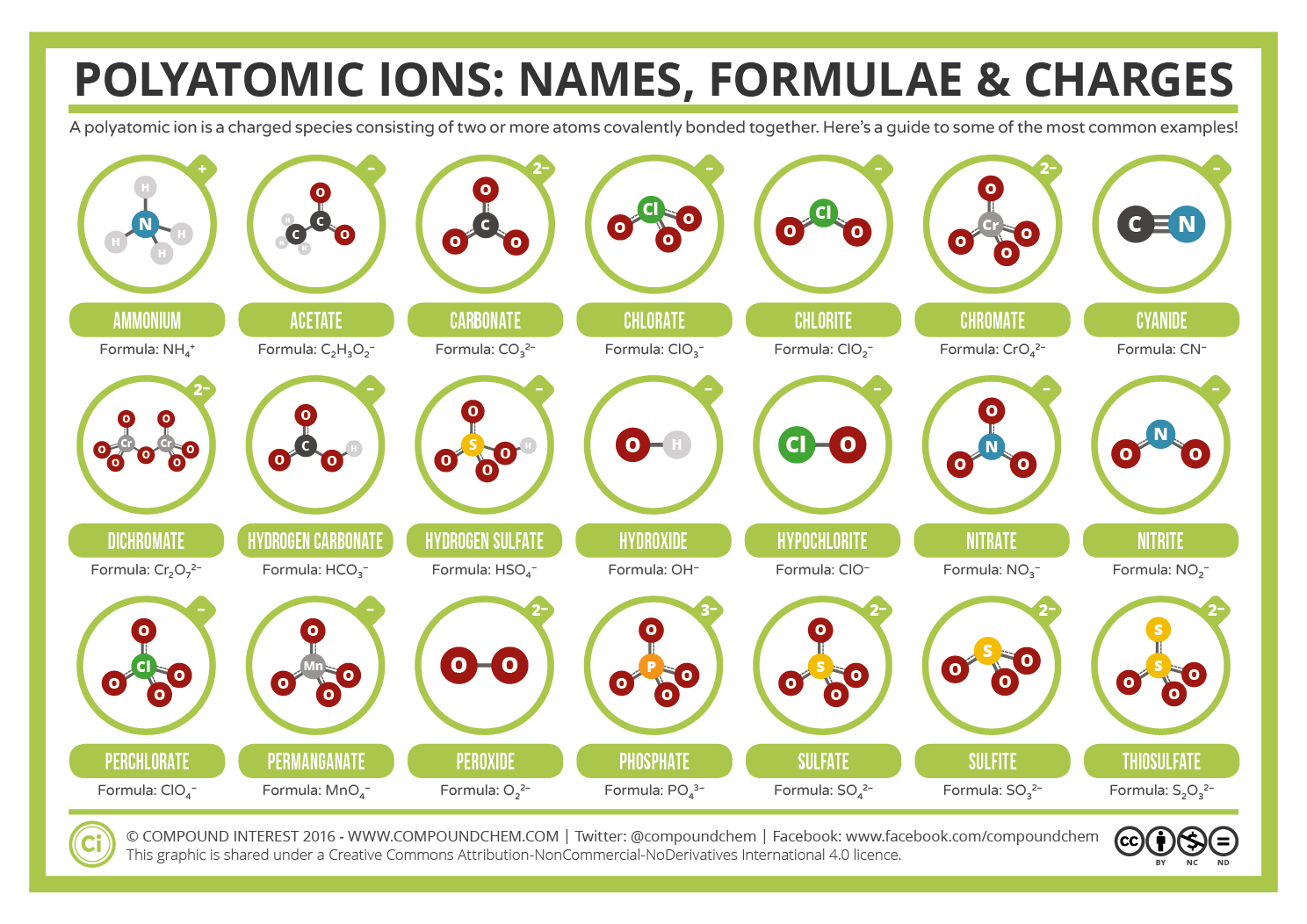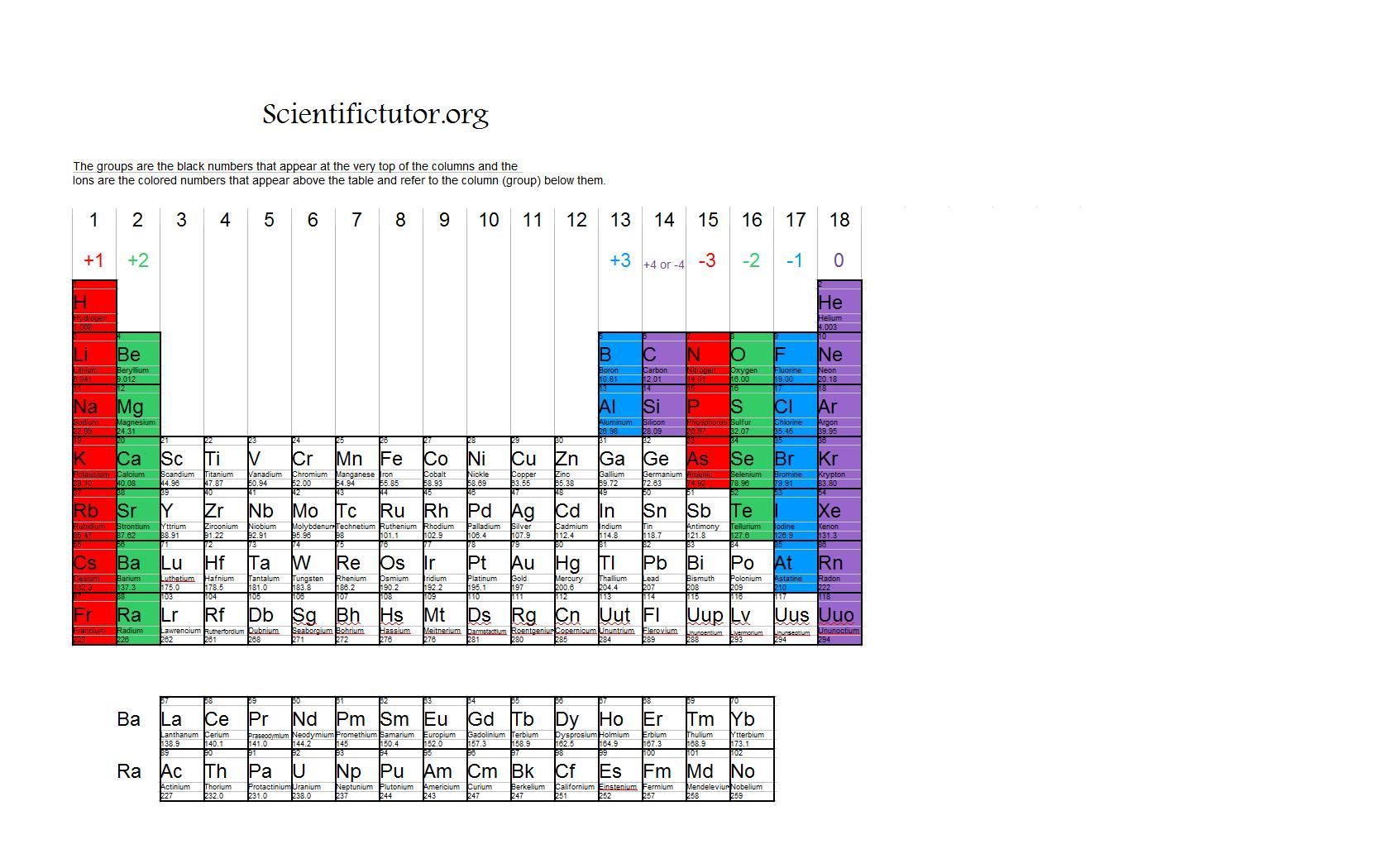Which Group Tends To Form 1 Ions
Which Group Tends To Form 1 Ions - They lose one electron upon ionization, moving into the electron configuration of the previous noble gas. For example, the neutral bromine atom, with 35 protons and 35 electrons, can gain one electron to provide it. That is, group 1 elements form 1+ ions; For example ,lets take sodium (na. They then have the same number of electrons as the nearest noble gas: For example, the neutral bromine atom, with 35 protons and 35 electrons, can gain one electron to provide it with 36 electrons. Web ions made from alkaline earth metals, the second group on the periodic table, have a 2+ charge. Web the 1st group (alkali metals) tends to form +1 ions. The halogens, group 17, reach a full valence shell upon reduction, and thus form x− ions. The general outer electronic configuration of alkali metals are ns1,np0 if they lose one electron,it will attain stable electronic configuration.
For example, the neutral bromine atom, with 35 protons and 35 electrons, can gain one electron to provide it. That is, group 1 elements form 1+ ions; Group 2 metals, the alkaline earth metals, have 2 valence electrons, and thus form m 2+ ions. For example ,lets take sodium (na. The atoms of the elements toward the right end of the periodic table tend to undergo reactions such that they gain (or share) enough electrons to complete their. Web the 1st group (alkali metals) tends to form +1 ions. They lose one electron upon ionization, moving into the electron configuration of the previous noble gas. Web ions made from alkaline earth metals, the second group on the periodic table, have a 2+ charge. They then have the same number of electrons as the nearest noble gas: The general outer electronic configuration of alkali metals are ns1,np0 if they lose one electron,it will attain stable electronic configuration.
Atoms of group 16 gain two electrons and form ions with a 2− charge, and so on. Atoms of group 16 gain two electrons and form ions with a 2− charge, and so on. Web consistent with a tendency to have the same number of electrons as the nearest noble gas, when forming ions, elements in groups 1, 2, and 3 tend to lose one, two, and three electrons, respectively, to form cations, such as na + and mg 2+. Group 2 metals, the alkaline earth metals, have 2 valence electrons, and thus form m 2+ ions. Rubidium (rb), cesium (cs), and francium (fr). Web group ia elements form ions with a +1 charge. Web ions made from alkaline earth metals, the second group on the periodic table, have a 2+ charge. Web atoms of group 17 gain one electron and form anions with a 1− charge; Web combined science bonding, structure and the properties of matter revise video test 1 2 3 4 forming ions an ion is an atom or group of atoms with a positive or negative charge. For example ,lets take sodium (na.
For Your Chemists Compound Interest
Web atoms of group 17 gain one electron and form anions with a 1− charge; For example, the neutral bromine atom, with 35 protons and 35 electrons, can gain one electron to provide it with 36 electrons. Rubidium (rb), cesium (cs), and francium (fr). Atoms of group 16 gain two electrons and form ions with a 2− charge, and so.
Molecular and Ionic Compounds Introductory Chemistry Lecture & Lab
Web ions made from alkaline earth metals, the second group on the periodic table, have a 2+ charge. Web combined science bonding, structure and the properties of matter revise video test 1 2 3 4 forming ions an ion is an atom or group of atoms with a positive or negative charge. Web the 1st group (alkali metals) tends to.
Periodic Table Groups 1 8 Names Periodic Table Timeline
Web combined science bonding, structure and the properties of matter revise video test 1 2 3 4 forming ions an ion is an atom or group of atoms with a positive or negative charge. The general outer electronic configuration of alkali metals are ns1,np0 if they lose one electron,it will attain stable electronic configuration. Web potassium, located directly beneath sodium.
Naming Simple Ionic Compounds Pathways to Chemistry
Web atoms of group 17 gain one electron and form anions with a 1− charge; Web potassium, located directly beneath sodium in group 1, also forms +1 ions (k +) in its reactions, as do the remaining members of group 1: Web consistent with a tendency to have the same number of electrons as the nearest noble gas, when forming.
table of elements chart
Web atoms of group 17 gain one electron and form anions with a 1− charge; That is, group 1 elements form 1+ ions; They lose one electron upon ionization, moving into the electron configuration of the previous noble gas. Atoms of group 16 gain two electrons and form ions with a 2− charge, and so on. The general outer electronic.
Chem Ions Scientific Tutor
Rubidium (rb), cesium (cs), and francium (fr). Web atoms of group 17 gain one electron and form anions with a 1− charge; Web atoms of group 17 gain one electron and form anions with a 1− charge; Web the 1st group (alkali metals) tends to form +1 ions. Group 1 metals, the alkali metals, have the 1 valence electron, and.
Solved GENERAL QUESTIONS 13. Which group tends to form +1
Web ions made from alkaline earth metals, the second group on the periodic table, have a 2+ charge. Web the 1st group (alkali metals) tends to form +1 ions. Group 2 elements form 2+ ions, and so on. The general outer electronic configuration of alkali metals are ns1,np0 if they lose one electron,it will attain stable electronic configuration. For example.
Ionic Compound Nomenclature Presentation Chemistry
Web atoms of group 17 gain one electron and form anions with a 1− charge; Web group ia elements form ions with a +1 charge. Web ions made from alkaline earth metals, the second group on the periodic table, have a 2+ charge. For example as shown in figure 3.3, when a sodium (na) atom is ionized, it loses one.
Ionic Compound Nomenclature Presentation Chemistry
They then have the same number of electrons as the nearest noble gas: The general outer electronic configuration of alkali metals are ns1,np0 if they lose one electron,it will attain stable electronic configuration. That is, group 1 elements form 1+ ions; For example as shown in figure 3.3, when a sodium (na) atom is ionized, it loses one of its.
4.1f Predicting the ions formed by common main group elements YouTube
That is, group 1 elements form 1+ ions; For example ,lets take sodium (na. For example, the neutral bromine atom, with 35 protons and 35 electrons, can gain one electron to provide it with 36 electrons. Web potassium, located directly beneath sodium in group 1, also forms +1 ions (k +) in its reactions, as do the remaining members of.
For Example, The Neutral Bromine Atom, With 35 Protons And 35 Electrons, Can Gain One Electron To Provide It.
They then have the same number of electrons as the nearest noble gas: Web atoms of group 17 gain one electron and form anions with a 1− charge; Web potassium, located directly beneath sodium in group 1, also forms +1 ions (k +) in its reactions, as do the remaining members of group 1: For example ,lets take sodium (na.
Atoms Of Group 16 Gain Two Electrons And Form Ions With A 2− Charge, And So On.
For example, the neutral bromine atom, with 35 protons and 35 electrons, can gain one electron to provide it with 36 electrons. Web atoms of group 17 gain one electron and form anions with a 1− charge; The halogens, group 17, reach a full valence shell upon reduction, and thus form x− ions. Web combined science bonding, structure and the properties of matter revise video test 1 2 3 4 forming ions an ion is an atom or group of atoms with a positive or negative charge.
That Is, Group 1 Elements Form 1+ Ions;
Atoms of group 16 gain two electrons and form ions with a 2− charge, and so on. Group 2 metals, the alkaline earth metals, have 2 valence electrons, and thus form m 2+ ions. For example as shown in figure 3.3, when a sodium (na) atom is ionized, it loses one of its 11 electrons, becoming a sodium ion (na + ) with the electron configuration that looks like the. The general outer electronic configuration of alkali metals are ns1,np0 if they lose one electron,it will attain stable electronic configuration.
Group 2 Elements Form 2+ Ions, And So On.
Rubidium (rb), cesium (cs), and francium (fr). Group 1 metals, the alkali metals, have the 1 valence electron, and thus form m + ions when oxidized. The atoms of the elements toward the right end of the periodic table tend to undergo reactions such that they gain (or share) enough electrons to complete their. Web group ia elements form ions with a +1 charge.






.PNG)
.PNG)
